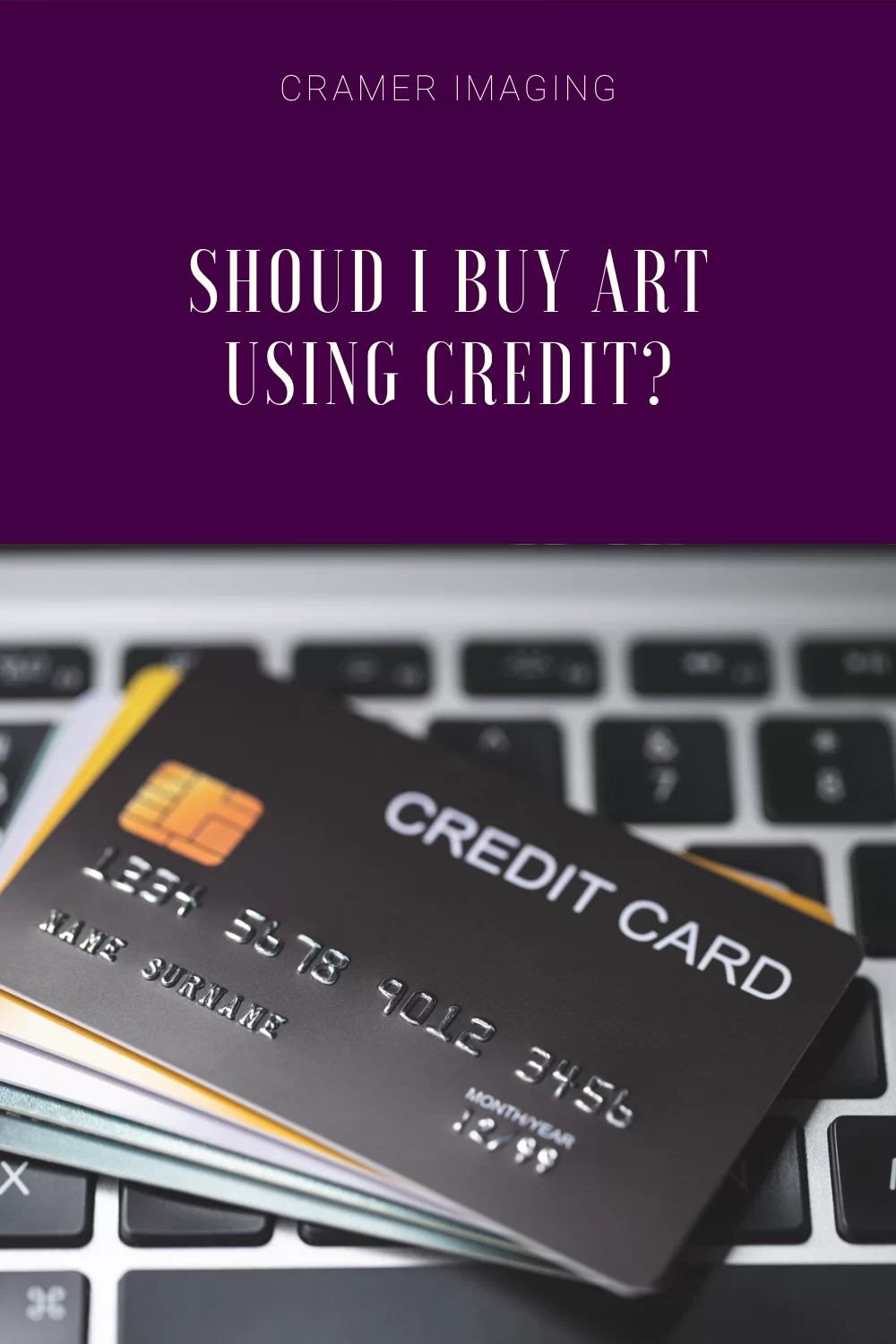
If you’re in the market for artwork of any kind, you might decide to buy it. Then, you must decide how you intend to pay for it. After all, you cannot walk away with the art for free. As you’ll find several different options at your disposal, you might consider pulling out your credit card to make the purchase. Then you pause. Is that the right move to make? That’s what we’re discussing today: should you buy art on credit.
Just to establish what we’re talking about, let’s quickly recap the idea of credit. Credit is a money loan. You are putting your good name (or ownership of some collateral) on the line with the promise of paying that loan back in full in the future. Also, you promise to pay some interest on the loan to make up for borrowing money in the first place. Failing to meet your promise can lead to serious financial consequences such as bankruptcy and denial of credit in the future. Continually meeting this promise yields better and better credit ratings which help you borrow money in the future.
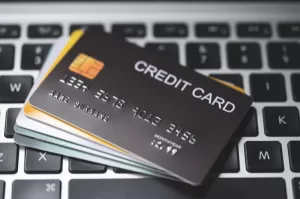
Now that we’ve established you want to buy a piece of art and recapped what credit is, let’s address the point of this article. Should you buy art on credit? I’ll start off by saying that this is a VERY personal decision which is highly dependent upon your personal financial circumstances. Without knowing those circumstances myself, I can only give general advice which you can apply to your situation. But, no matter how you look at it, art is a luxury purchase.
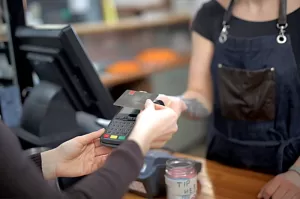
That being said, there are a few points I can bring up. These include art price, art availability window, general financial status, and payment methods accepted.

This is, perhaps, one of the single biggest determining factors of whether or not you should buy art on credit. What does the art piece cost? As with all things, there is a price range. You may find that range extending from lower double digit prices in tourist gift shops to 7 figures or more for the best names in the industry or most famous one-of-a-kind pieces ever made. That is a big range.
If you want to buy a piece of art on credit which falls in the double, triple, or even the four digit range in price, that might be worth looking at. Depending upon your personal finances, you could pay that off in as little as a month. If you don’t have the cash on-hand, then you might consider pulling out your credit card to make the transaction.
For larger price tags on art, I would recommend caution. Most people don’t have the money to drop 5 figures or more into art. Those kinds of transactions are usually limited to big ticket items such as car purchases, house purchases, and the like. Those loans require a few years to decades for most people to pay off. The interest alone will add up quickly.
Our next consideration is how big is your window to buy the art. There are several factors which come into play with this point. These include the reproducibility of the art and the kind of seller.
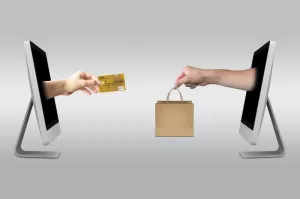
There are basically 2 different kinds of art out there: the kind which you can reproduce and the kind which you cannot. Each kind of art creates a different window of availability.
Now, no matter what we do, some pieces of art are one-of-a-kind. You’ll find many different kinds of art fall under this heading including but not limited to paintings, ceramics, mixed media, sculptures, and more. This includes both high-end and low-end art. You can only buy them when they come available on the market. With proper interest and advertising, most high-end pieces don’t stay on that art market very long. Middle and lower-end pieces might stay on the market longer all things depending. Still, you cannot predict these things. For this kind of art, you might consider buying it on credit if there’s interest or some other time crunch for you.

On the other hand, we also have highly reproducible art. You may also find this using the name of open edition. This includes photography, prints of paintings/drawings/sketches, castings of sculptures, and more. Again, this includes both high-end and low-end art. Because we can reproduce identical copies quickly and easily (at least with some mediums), your window of time to purchase becomes much greater. You need not worry about whether or not the shop/artist runs out. They won’t. Or at least they can recreate/reorder. For this kind of art, I don’t see why you would need to buy it on credit unless you have another time crunch like Christmas or a birthday coming up fast. I would buy this kind of art outright if I could.
Now let’s address the special case of the limited edition. You can read more about limited edition runs in this article here. However, the summation is that an artist will create a limited edition run to create artificial scarcity on the market. This scarcity limits your window of time for purchase to when the seller runs out of copies. Perhaps the artist will destroy the original/mold or the photographer will destroy the negatives/delete the file to ensure no one can ever duplicate the art again. Other times, that won’t happen. Most of the time, I would recommend buying limited edition runs outright. The only time I might consider buying such on credit is if you have a popular artist and a popular run which is about to sell out. I mean there are literally people in line behind you to buy the remaining editions for sale. Then I might consider buying art on credit if you simply must have the piece.

You’ll find many different kinds of art sellers on the market. Their available inventory varies heavily. We’ll address the most common of these sellers as low-end, middle-end, and high-end sellers.

 Low-end art sellers may include tourist gift shops, low-end art galleries, pawn shops, thrift stores, or even private citizens (including the artists themselves). For most of these sellers, they only have what they currently have in inventory and it’s for sale right now. As soon as the piece(s) is/are sold, that’s it. Your window for purchase just closed. They probably don’t have a way to obtain another. The artist might but may choose otherwise. For the most part, the kinds of price tags you’ll find here should not necessitate whipping out your credit card to purchase. The prices should be reasonable enough to pay cash.
Low-end art sellers may include tourist gift shops, low-end art galleries, pawn shops, thrift stores, or even private citizens (including the artists themselves). For most of these sellers, they only have what they currently have in inventory and it’s for sale right now. As soon as the piece(s) is/are sold, that’s it. Your window for purchase just closed. They probably don’t have a way to obtain another. The artist might but may choose otherwise. For the most part, the kinds of price tags you’ll find here should not necessitate whipping out your credit card to purchase. The prices should be reasonable enough to pay cash.
 Middle-end art sellers may include established art galleries, auction houses, reputable pawn shops, and private citizens including artists. Much of what I said above regarding low-end sellers still applies here. However, this group will have a wider range of art and, thereby, a wider range of price tags too. The artists and art galleries may have the means to obtain duplicates. Oftentimes, the others do not. However, depending upon availability and price, you might find justification in using your credit card to buy art on occasion. After all, auctions (even online auctions) only grant you a small window in which to pay for your winnings or forfeit them. A credit card might just save you if you won a piece which people bid up high.
Middle-end art sellers may include established art galleries, auction houses, reputable pawn shops, and private citizens including artists. Much of what I said above regarding low-end sellers still applies here. However, this group will have a wider range of art and, thereby, a wider range of price tags too. The artists and art galleries may have the means to obtain duplicates. Oftentimes, the others do not. However, depending upon availability and price, you might find justification in using your credit card to buy art on occasion. After all, auctions (even online auctions) only grant you a small window in which to pay for your winnings or forfeit them. A credit card might just save you if you won a piece which people bid up high.
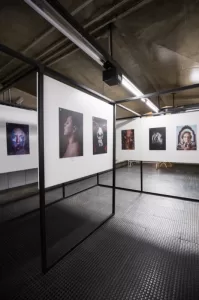 High-end art sellers may include world-class art galleries, big name artists, highly reputable auction houses, and yes even occasionally private citizens (more of the serious art collector type). Most of the time, the high-end private seller will seek out a reputable auction house instead of doing a private sale. However, private art sales with huge price tags still take place. Many times, you’ll find one-of-a-kind art sales taking place here so my explanation there applies here. This is also where the right limited edition run by the right artist shines. So, that explanation applies here too.
High-end art sellers may include world-class art galleries, big name artists, highly reputable auction houses, and yes even occasionally private citizens (more of the serious art collector type). Most of the time, the high-end private seller will seek out a reputable auction house instead of doing a private sale. However, private art sales with huge price tags still take place. Many times, you’ll find one-of-a-kind art sales taking place here so my explanation there applies here. This is also where the right limited edition run by the right artist shines. So, that explanation applies here too.
Generally speaking, because of the price tags attached to this kind of art, this seller has a much smaller market to work with. So a piece of art may sit available for longer than you would think. However, these sellers want to collect quickly so they will do what they can to speed the sale up. So, conversely, the window of availability might be smaller than you would think. Now to the real meat of the point. Let’s be frank. If you have the luxury of dropping 5 figures or more into a single piece of art, then you probably have the cash on hand and don’t need to buy the art on credit.
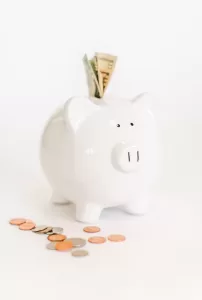 Now we come to a very personal point. I cannot elaborate on this point too much without serious details regarding your personal finances. I don’t want that information and you probably shouldn’t give it to me anyways. Please also bear in mind that this is merely general advice and not personal advice tailored for your specific circumstances. That being said, let’s look at some general situations which might mirror your own situation.
Now we come to a very personal point. I cannot elaborate on this point too much without serious details regarding your personal finances. I don’t want that information and you probably shouldn’t give it to me anyways. Please also bear in mind that this is merely general advice and not personal advice tailored for your specific circumstances. That being said, let’s look at some general situations which might mirror your own situation.
If you’re the kind of person who’s living paycheck to paycheck and barely scraping by, then you probably shouldn’t be buying ANYTHING outside of emergencies using credit. This forbearance includes luxuries like art. There’s a really good chance that doing so will only worsen your financial situation rather than improve it. For people in this situation, I recommend steering clear of debt entirely if you can avoid it.
Next, for those of you who have a bit of a surplus at the end of the month or year (the size of surplus can vary widely), then you might consider using credit. If you know that you will have the funds to pay off the debt of an art purchase in a reasonable amount of time, without incurring serious financial harm in the process, then ok. It’s your money. Do with it what you will.

If you’re that kind of rich person that most people only dream about becoming, then I reiterate my point from above. You probably have the money to buy big ticket art outright. Why are you even considering using credit to buy art? You don’t need to. Use a debit card if you must use plastic to make the purchase.
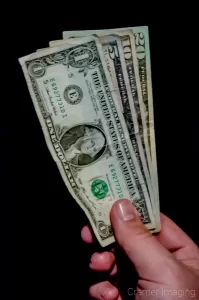 The final point I must discuss in whether or not to buy art using credit involves what payment methods the seller will accept. Now most established and establishing businesses will accept credit and debit card transactions. Companies like PayPal, Stripe, Square, Venmo, and more made accepting credit cards possible on a previously unprecedented scale. If you want to buy a piece of art from a business or an artist acting as a business, then you’re probably in good shape these days.
The final point I must discuss in whether or not to buy art using credit involves what payment methods the seller will accept. Now most established and establishing businesses will accept credit and debit card transactions. Companies like PayPal, Stripe, Square, Venmo, and more made accepting credit cards possible on a previously unprecedented scale. If you want to buy a piece of art from a business or an artist acting as a business, then you’re probably in good shape these days.
The problem comes when you want to buy art on credit from a private seller. He or she may not accept credit card transactions. The above listed services may alleviate that problem but they may not as well. You also may face a situation where the credit card machine goes down for one reason or another. Then you might find yourself limited to cash and check transactions only.
Also, bear in mind that a seller (business or otherwise) may choose to accept say Visa and MasterCard but not American Express or Discover. It happens.
So, to answer the question of whether or not you should buy art using credit, I recommend against it in general. It’s a luxury item which you don’t need for your survival. While I can see some situations where having the credit option available might come in handy, I would still steer clear of whipping out the card to buy art. It’s a personally risky proposition overall and probably not worth it in the end for most people. Why should you buy art on credit when most of the same sellers accepting credit cards also accept debit cards?
So, now I turn it over to you. Have you ever bought art using credit? What was your experience? Did it work out for you in the end? Leave your thoughts in the comments section below.


Receive monthly updates in your inbox from us.

Join our email-only photo of the week club to get the full stories behind how we captured our favorite fine art landscape photos.
We respect your privacy
No More Results
Powered by atecplugins.com